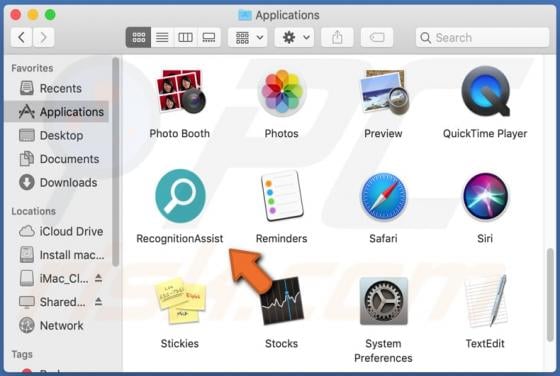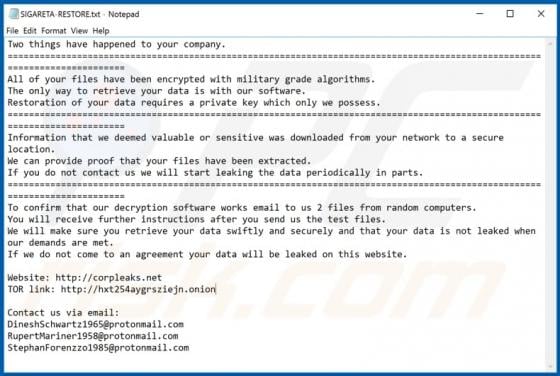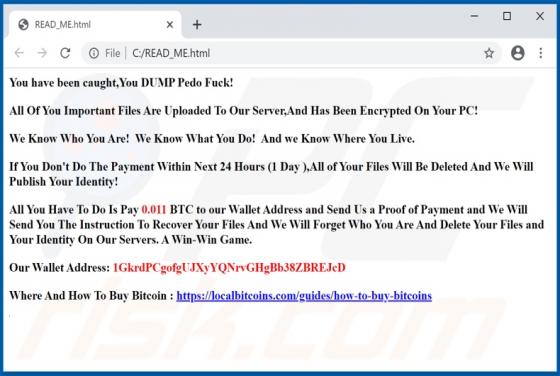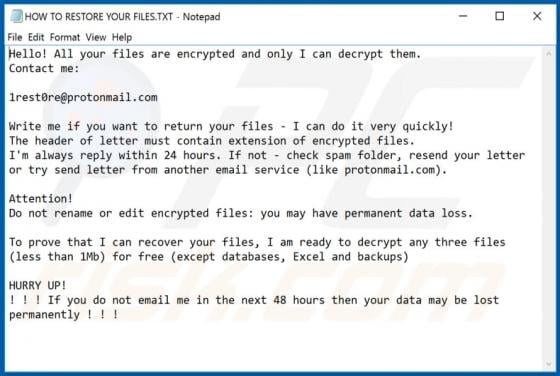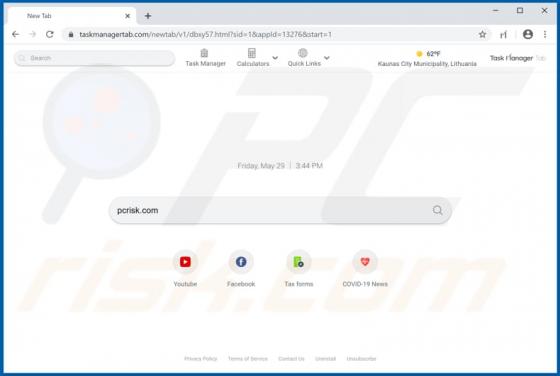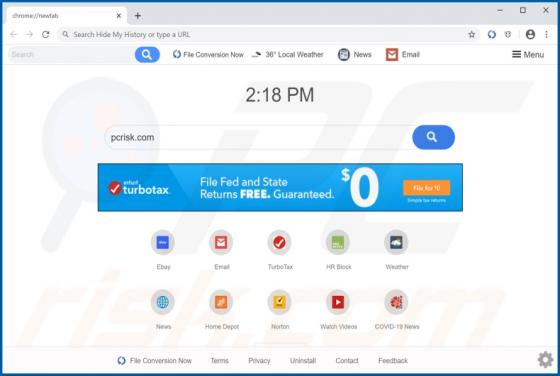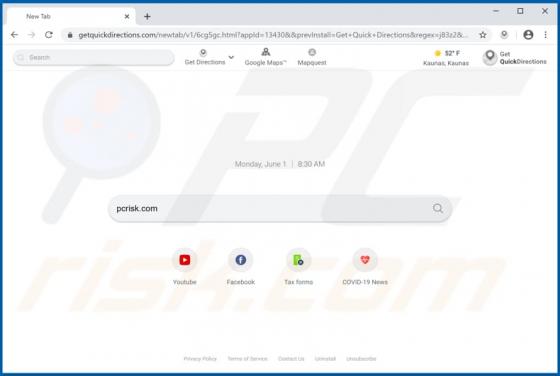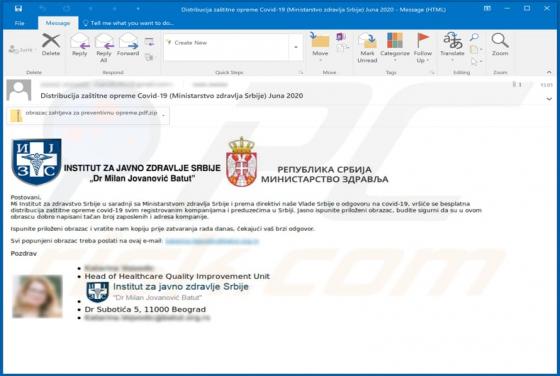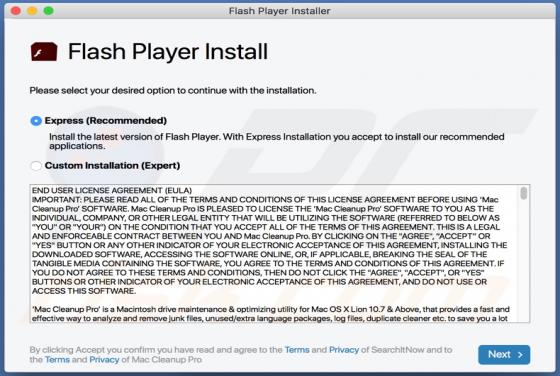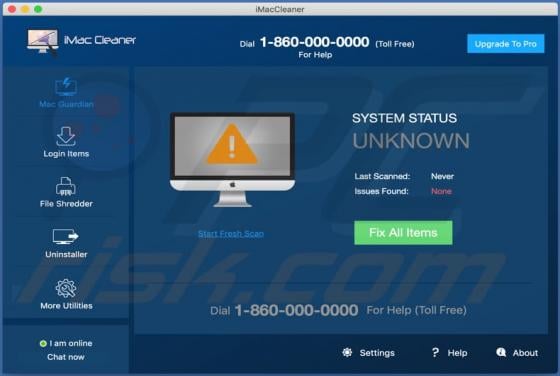
iMacCleaner Unwanted Application (Mac)
iMacCleaner is advertised as a software which improves computer performance by cleaning unwanted files and the browser cache, and uninstalling unwanted software. In fact, this app is categorized as a potentially unwanted application (PUA) due to the method that developers use to distribute it:
